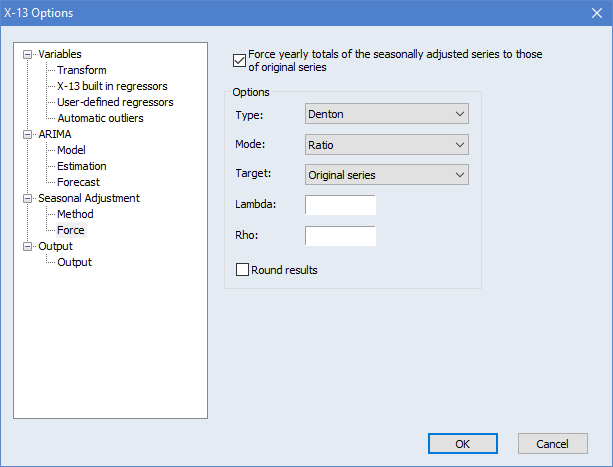

In other words, repeated violations of underlying distributional assumptions in a small sample study have large scale negative consequences.

If a researcher disregards the necessity to satisfy each and every of the associated assumptions the resultant study may inadvertently fill the scholarly literature with nonreplicable findings and eventuate in a replication crisis. Therefore, a statistical analysis cannot be based on the law of large numbers because the underlying distributional assumptions might not be met in a small sample study. In such studies the number of observations tends to be small. This can be a language classroom, a workplace, a laboratory or even a longitudinal population sample. Quantitative research in applied linguistics often takes place in restricted settings. The funders had no role in study design, data collection and analysis, decision to publish, or preparation of the manuscript.Ĭompeting interests: The authors have declared that no competing interests exist. The funding was given to LN as the Principle Investigator (PI). This is an open access article distributed under the terms of the Creative Commons Attribution License, which permits unrestricted use, distribution, and reproduction in any medium, provided the original author and source are credited.ĭata Availability: All relevant data are within the paper and its Supporting Information files.įunding: This research was supported by University of Malaya through the Small-Scale Research Scheme (BKS039-2017) University of Malaya URL. Received: Accepted: DecemPublished: January 14, 2019Ĭopyright: © 2019 Nikitina et al. Baxter, University of Aveiro, NEW ZEALAND Besides the applied linguistics research, the BQR method can be used in a variety of the human sciences research where a sample size is small.Ĭitation: Nikitina L, Paidi R, Furuoka F (2019) Using bootstrapped quantile regression analysis for small sample research in applied linguistics: Some methodological considerations. In addition, these attitudes were found to be the most constant determinant of the integrative orientation. The findings indicated that there was a statistically significant relationship between the students’ attitudes toward the target language country and their integrative orientation.


It examined the relationships between the students’ language learning motivation (specifically, integrative orientation), the students’ images or stereotypes about Japan and their global attitudes toward the target language country and its people. The current study employed a moderately small sample ( N = 27) of students learning the Japanese language in a Malaysian public university. Importantly for applied linguistics research, the BQR method could help to deal with methodological difficulties inherent in small sample studies. The main aim of the current paper is to give a detailed explanation of methodological and practical implications inherent in a robust statistical method called bootstrapped quantile regression (BQR) analysis. In such settings the samples tend to be small, which raises several methodological problems. Quantitative applied linguistics research often takes place in restricted settings of an intact language classroom, workplace, phonetics laboratory or longitudinal sample.


 0 kommentar(er)
0 kommentar(er)
